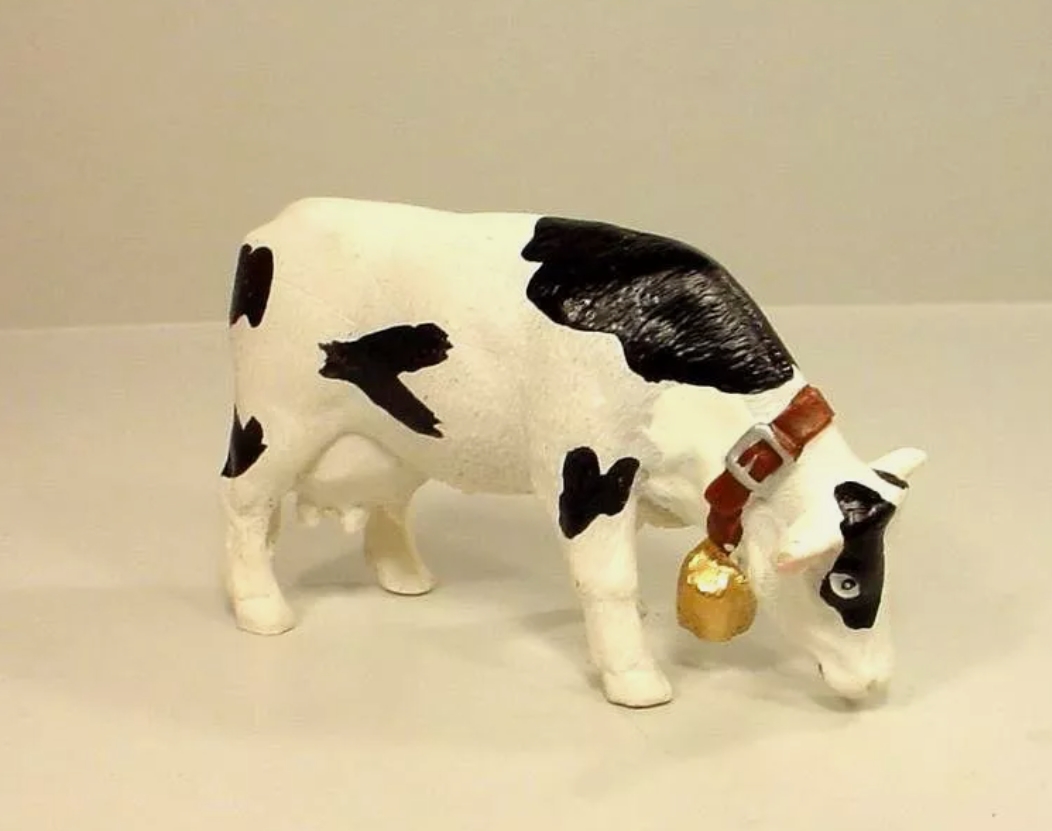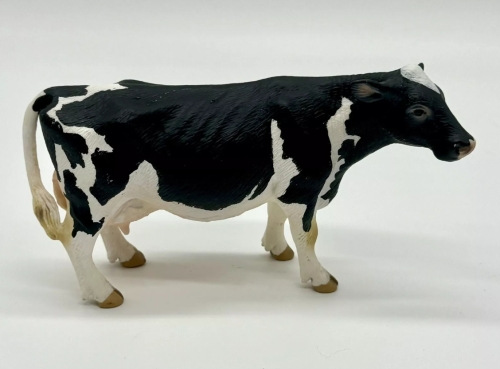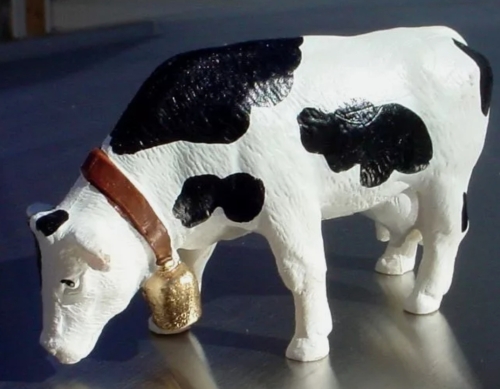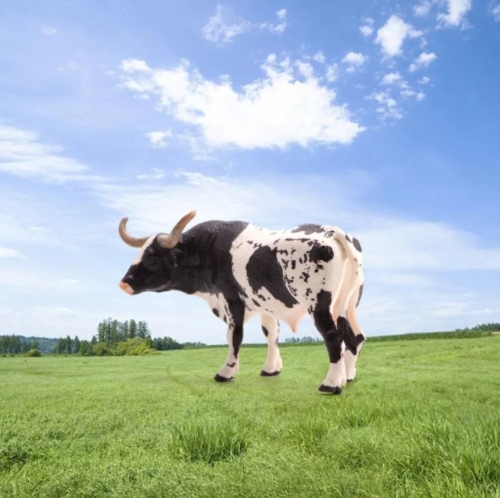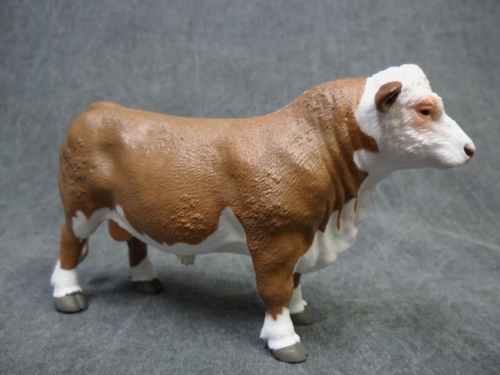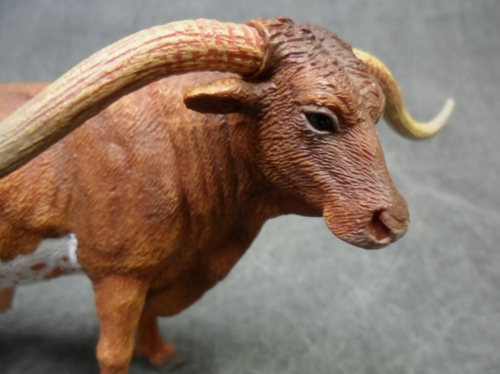The cow model is an important agricultural and animal science research tool used to analyze and simulate the growth, milk yield and health of cows. By integrating biological, nutritional and environmental factors, this model can help farmers and researchers optimize feeding management and improve the productivity of dairy cows.
In a cow model, several variables are usually considered, such as genetic characteristics, feed composition, climatic conditions, and feeding management. These factors have significant effects on the growth rate, milk composition and yield of cows. By building mathematical and computer simulation models, researchers can predict how cows will perform under different feeding schemes and find the best feeding scheme.
In addition, cow models can help monitor the health of cows. Healthy cows generally perform well in terms of average milk production and milk composition, while production performance is likely to decline in the event of health problems. By monitoring cows' behavior, appetite, and milk quality in real time, scientists can use models to predict health risks and take timely measures to ensure healthy and productive cows.
With the advancement of technology, cow models are gradually being combined with big data and artificial intelligence. This allows for more precise management of individual cows. By collecting and analyzing large amounts of data, the model is able to identify potential production problems and provide personalized feeding recommendations. This not only improves production efficiency, but also helps reduce resource waste on the farm.
In short, cow models play an integral role in modern agriculture. It not only promotes the scientific management of dairy cows, but also promotes sustainable agriculture. As technology continues to advance, this model will become more accurate and practical, providing new ideas and methods for the future of dairy farming.

